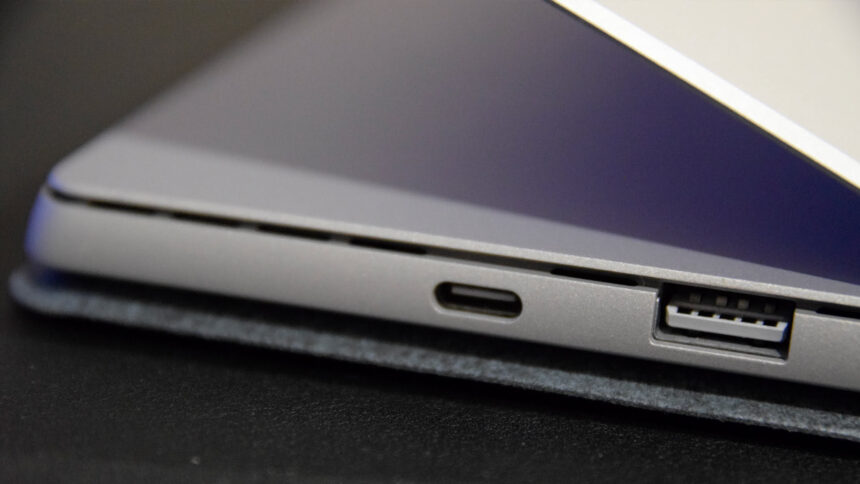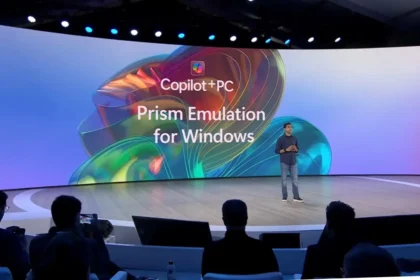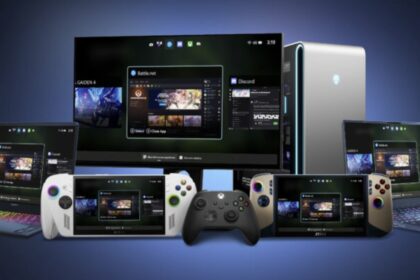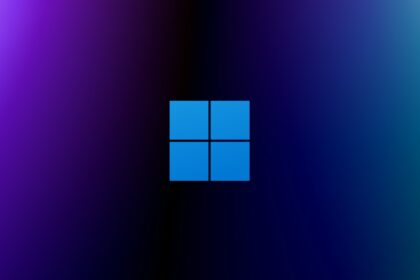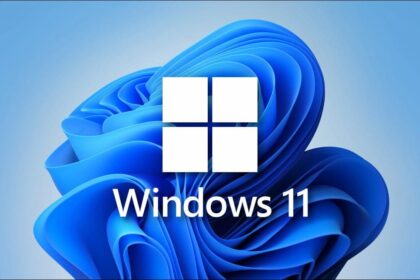Microsoft is finally stepping up when it comes to embracing industry-wide standards. While both Microsoft and Apple have had a reputation for being somewhat closed off in their hardware approaches, Apple has typically held on even tightly. But now, Microsoft is making a move that could improve user experience across the board.
The company has decided to standardize USB-C ports across Windows 11 laptops. This means certain features tied to USB-C will become mandatory for devices running the latest version of the operating system. It’s a significant step toward reducing the confusion many users face when trying to figure out what their USB-C port can actually do.
With this new direction, Microsoft aims to ensure that USB-C compatibility is clear and consistent, so users won’t have to guess whether their device supports charging, data transfer, video output, or all three. This move should also encourage manufacturers to include full-featured USB-C ports, improving overall interoperability and making the tech landscape a little less fragmented.
In short, it’s a long-overdue but welcome change that could bring real benefits to people who use Windows laptops every day.
Microsoft Sets New USB-C Standards for Windows 11 Laptops
One of the most frustrating things about USB-C has been the inconsistency. Not every port is created equal—some support fast charging, others work with external displays, and a few offer Thunderbolt capabilities. The problem? You often don’t know what you’re getting until after you’ve bought the device.

Microsoft wants to put an end to that.
To simplify things and improve the experience for Windows users, Microsoft is now requiring laptop manufacturers to meet specific USB-C standards for any device running Windows 11. These new requirements are designed to ensure a more consistent and reliable experience, no matter which brand or model you choose.
Here’s what’s being enforced:
For USB4 Ports:
- Minimum charging power of 15 watts
- Support for dual 4K monitors at 60Hz
- Compatibility with PCIe 3.0
- Integrated support for Intel Thunderbolt 3
For USB 3.0 Ports:
- Charging capability between 4.5W and 15W
- Support for at least one external display
What This Means for You
These changes are a big win for users. With clearer standards, you won’t have to dig through specs or reviews to find out if your laptop supports fast charging or 4K video output. It also pushes manufacturers to build better-quality hardware, which benefits everyone in the long run.
It’s a solid move by Microsoft that brings order to what’s often been a confusing part of tech. That said, it’s a bit disappointing that desktops aren’t included in the new rules—adding those would have helped round out the standardization across the board.
Still, for those in the market for a Windows 11 laptop, these new USB-C requirements are a major improvement, aimed at making your purchase more straightforward and your device more capable right out of the box.

